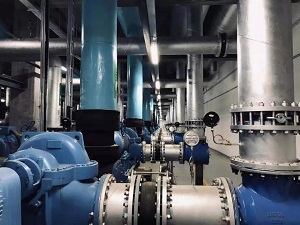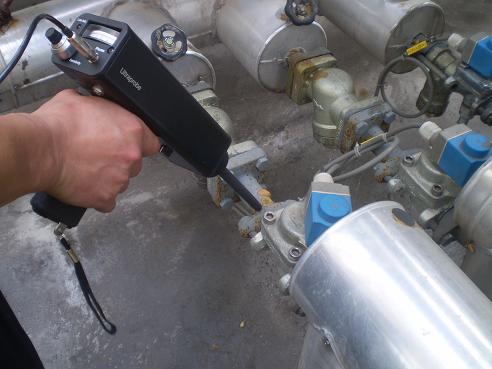Types of Some Sanitary Butterfly Valves

What are the types of Sanitary Butterfly Valves?
Sanitary butterfly valves are available in many brands and sizes. They have different methods of actuation. While some are operated manually with handles, others are automatically controlled remotely. These valves are useful for many applications ranging from drainage ditches to laboratory production processes. The valve seats are made from materials ranging from EPDM, Viton, and Silicone. The surfaces of the product are made from T316 or T304 stainless steel and other hygienic materials.
BV6 sanitary butterfly valves
They are suitable for many applications in stainless steel piping systems. BV6 actuators are available in three standard variants. These are (NC) normally closed, (NO) normally open, and (A / A) activated by air. The actuator works by transforming the axial movement of a piston into a 90-degree rotation of the valve shaft.
When the valve disc located near the valve body contacts the butterfly valve seal, the actuator torque is increased. The valve then closes. By selecting different hand grips such as closed, open, central, and other positions, the valve can be mechanically locked in different positions. These positions regulate the flow at the desired flow rate.
Split sanitary butterfly valves
These are designed to eliminate any contamination of the atmosphere during the transfer of powders. In the laboratory or production process, a dust-free charge or discharge is expected. These valves provide high containment in the sampling, loading, or unloading process. Split butterfly valves consist of an active and passive half. While the active half is a driving half. The passive half is half-driven. The two halves fit together along their particular axis of rotation. The discs are sealed on the outside using a metal seal.
These valves offer protection not only for the operator and the product but also for the environment. They also eliminate any possibility of cross-contamination. They offer sustained confinement levels over a long period. They also allow quick docking and undocking. Their operation can be fully automated or manual. They can be assembled and disassembled easily in a short time.
Dixon Steel Sanitary Butterfly Valves
These valves can be used as throttling valves for flow control or as stop valves with on/off service. Although their design is simple and robust, they are very reliable. They are available in models that can be operated pneumatically or electrically. No silicone lubricants are used in the assembly of these sanitary butterfly valves.
These valves are available in different sizes. Their grooved clamp housing is directly connected to the clamping fittings. They can easily be disassembled using wing nuts and a hex key. This is ideal if you are looking to control the flow in a way that will save you money. The clamping butterfly is also suitable for limited spaces.





